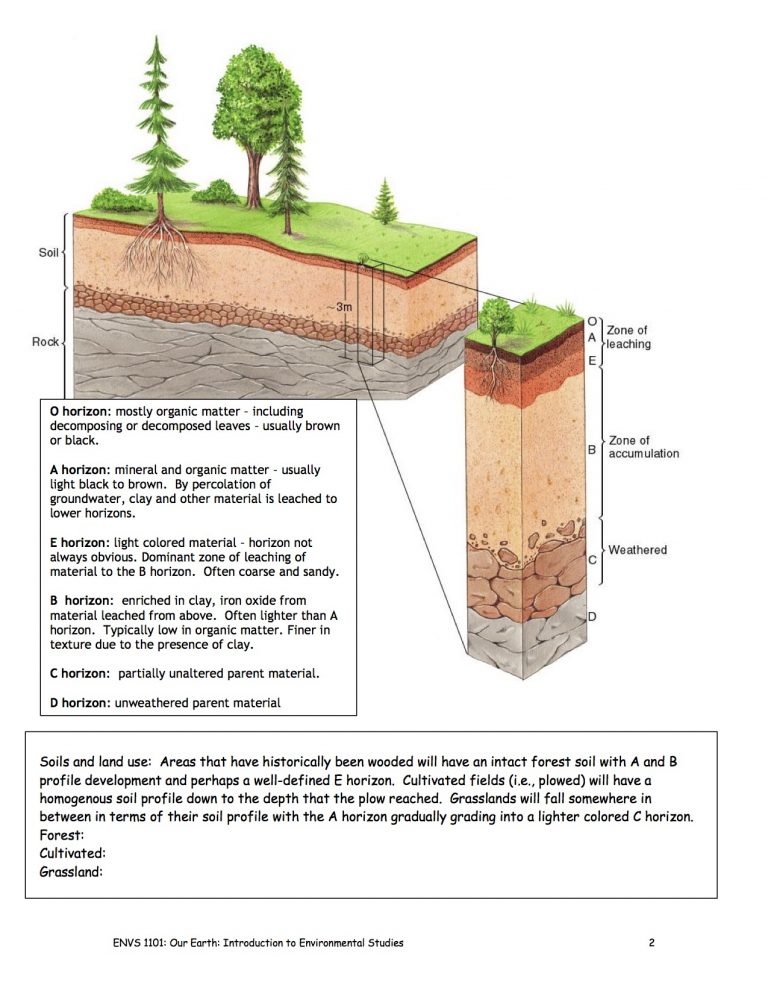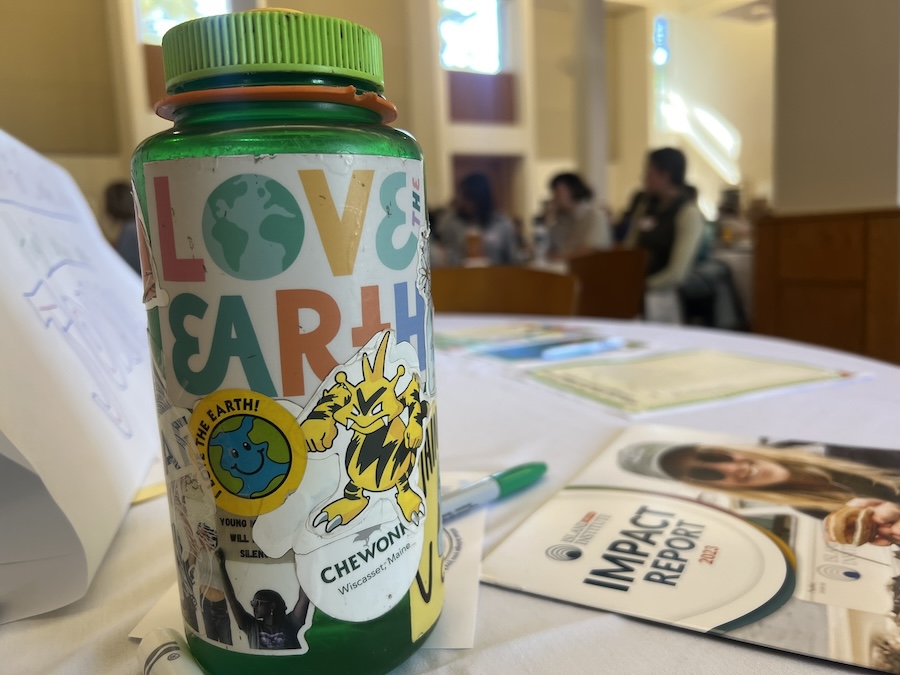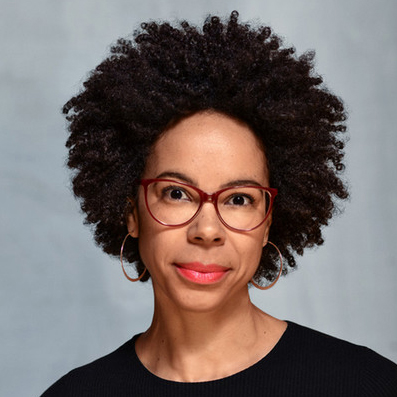Environmental Studies 1101 Field Trip Offers Students an Interdisciplinary Approach to Ecological Restoration
By Rebecca Goldfine



















The island is a short distance from the small town of Richmond, and can be reached by a two-minute ferry or canoe ride. Once on the abandoned island, visitors can walk along the single dirt road that runs the length of it, checking out old farms, fields, cemeteries and forest.
The Bowdoin field trip to Swan Island — which requires historical and biophysical sleuthing by students to figure out what happened on the now uninhabited land — is an effective way to launch the class because it reinforces the Environmental Studies department’s focus on interdisciplinary studies, according to the two professors who teach it. “The course is unique in providing students with an interdisciplinary perspective on defining and addressing environmental challenges,” said Environmental Studies Lecturer Eileen Johnson, who is teaching the class with Professor of Chemistry and Environmental Studies Dharni Vasudevan.
Swan Island is in many ways an ideal place to introduce students to environmental studies because it provides an uncommon glimpse into how humans can affect a landscape over time. Also, to understand what happened here requires that the students use a variety of observational and analytical tools.
The island was once home to Abenaki Indians before being settled by Europeans in the 1730s. In the mid-to-late 19th century, as many as 33 homesteaders lived and farmed on the island. But as times changed, and the farmers struggled to make a living, the islanders began moving away. When the state took possession of the island in the 1940s, not one person remained.
On a recent Saturday, Eileen Johnson and Dharni Vasudevan had given the students a task. By examining the terrain, sampling soil, and observing plant life, the students were to search for physical evidence to reconstruct an environmental history of the island over the past 200 years.

Soil layers can reveal past land uses. From Botkin and Keller, Environmental Science, 5th Edition, (2005), John Wiley and Sons, NY, NY, p. 220.
Students based their research on signs of former inhabitants — for example, apple trees, cellar holes, crumbling foundations, and stone walls — as well as on subtler contextual clues. And they also were instructed to take soil samples from sites across the island, as soil layers can reveal former land uses — such as pasture, crops, or old forest. “They’re looking at the island through both a historical and biophysical lens,” said Johnson. The trip “gives them an interdisciplinary perspective, and also situates them for interdisciplinary research,” Vasudevan added.
An interdisciplinary approach — which can train students to look at an environmental problem from different perspectives, or enable them to assess all the possible cascading effects from a proposed solution — will help prepare them to tackle environmental issues in the years and decades to come. The ES department’s mission statement says that, “Responding wisely to the environmental challenges humanity is certain to face in the coming century will require collaboration among experts in many fields: elected officials, government staff, environmental advocates, business leaders, scientists, lawyers, consultants, architects, religious leaders and many other professionals.”
John Lichter, a professor of biology and environmental studies who used to teach the introductory ES class and established the Swan Island tradition with Associate Professor of History and ES Matt Klingle, also joined the group for the day. He explained that the field trip reflects the course’s intention: “The overall message is to understand how humans impact the ecosystem and how we come to understand recovery from these impacts,” he said.
He pointed out that Swan Island shows not just how humans can transform a place but also how, if the land is left alone, nature can reclaim it. On Swan Island, stone foundations of houses and barns are covered in brambles, and former fields are returning to forests.
Stephanie Sun ’18, a teaching assistant for the class, was returning to the island for her third visit (she first came as a first-year student). “My favorite part is always seeing how things on the island have changed since my freshman year,” she said. “As the first field trip of the year for



